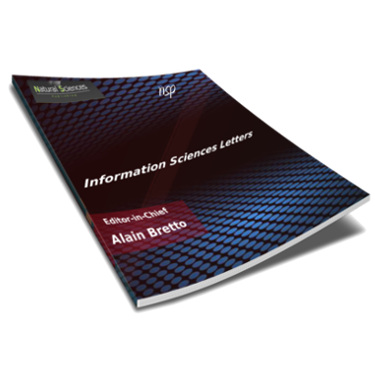
Information Sciences Letters
Abstract
The Holy Mosque in Makkah is one of the most significant landmarks for Muslims around the world, attracting millions of visitors every year. This research aims to investigate the impact of the neighbors of the Holy Mosque on the general conditions of Makkah during the Mamluk era. The study focuses on the scientific and cultural impact, economic recovery, assistance provided, and support during crises of the Holy Mosques neighbors. The research methodology involves examining historical sources that address the topic of neighborhood" during the Mamluk era. The Mamluk era is an essential period in the history of Makkah, characterized by significant achievements in science, literature, and architecture. During this period, neighboring scholars and jurists played an active role in the revival of scientific and cultural life in Makkah. Some jobs within the holy mosque were even assigned to these knowledgeable neighbors. The findings indicate that the neighbors of the Holy Mosque had a significant impact on the scientific and cultural revival in Makkah during the Mamluk era. The positive influence of the sciences and the knowledge they provided in various fields improved the social, scientific, and cultural conditions of Makkah. This research highlights the importance of the impact of the Holy Mosques neighbors on the general conditions of Makkah during the Mamluk era. Furthermore, the research recommends recognizing the significant impact of the Holy Mosques neighbors on the general conditions of Makkah during the Mamluk era.
Recommended Citation
M. H. Mobaraki, F.
(2023)
"Visitors of the Holy Mosque in Makkah: Between Influence and Impact in the Mamluk Era from 648 to 923 AH (1250 to 1517 AD),"
Information Sciences Letters: Vol. 12
:
Iss.
5
, PP -.
Available at:
https://digitalcommons.aaru.edu.jo/isl/vol12/iss5/21

